Blog
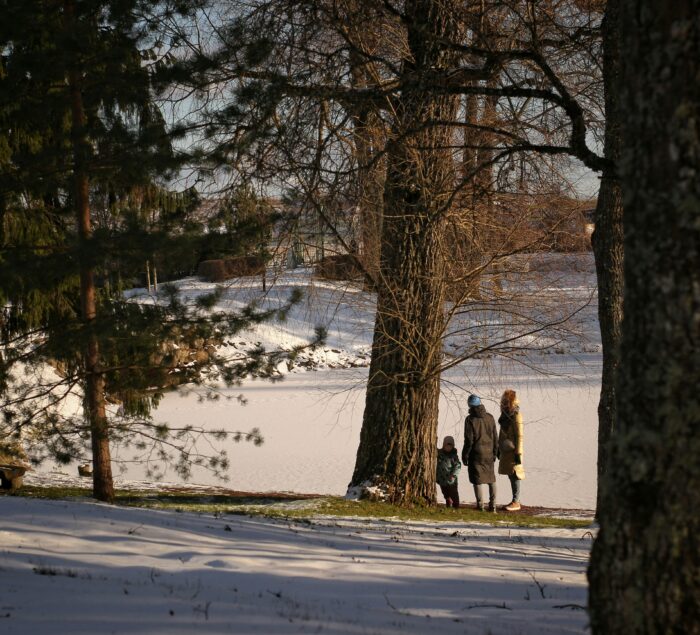
Ask a Naturalist: Keeping Children Engaged in Nature Through Winter
Winter is a magical time to get outside and explore with your children. There are many opportunities to learn about how the outdoors, flora, and fauna change during this time. Our urban nature preserve, located near downtown Winston Salem, offers ample space for exploration. We have different areas for you to explore including the Forest Discovery Trail, the meadow, the pollinator garden, and the creek.
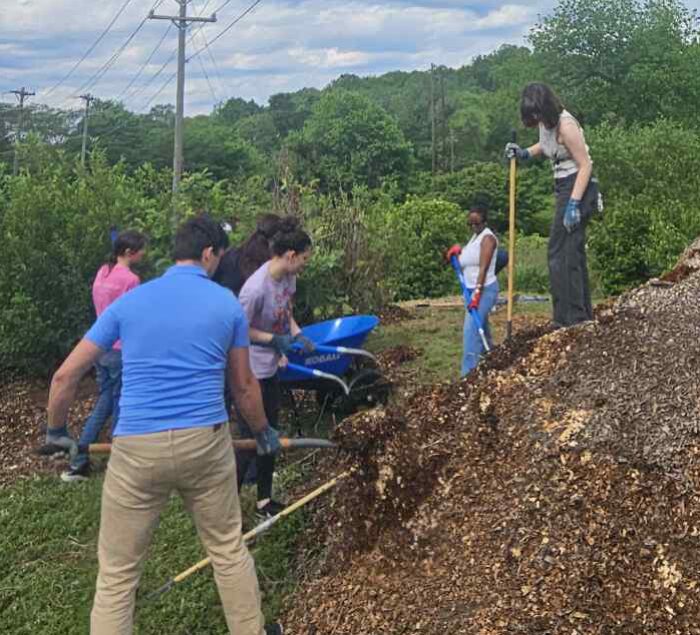
Working in the Pollinator Garden this Summer
This summer I had the pleasure of interning at the Gateway Nature Preserve. I chose Gateway Nature Preserve because of its involvement with community, inclusion and public outreach. I’m from Winston-Salem so being able to play a part in my own community and learn more about how conservation is impacting is important to me.
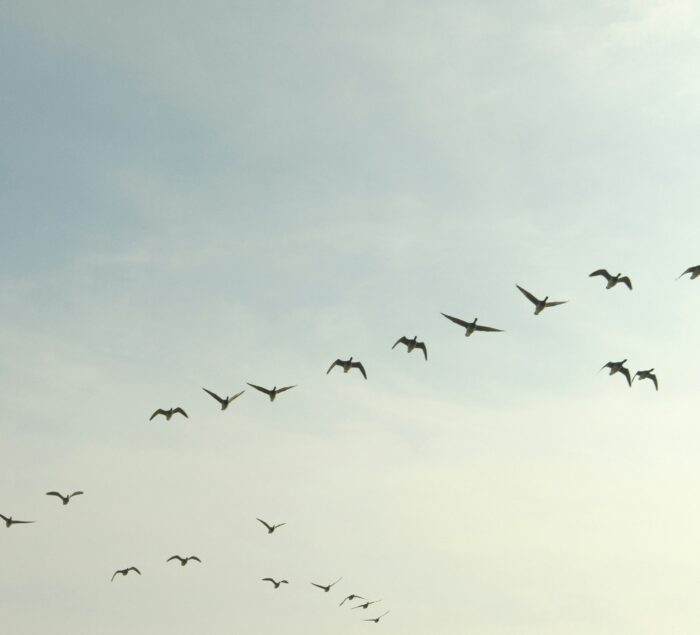
Ask a Naturalist: Fall Bird Migration
It might be challenging to find scientific data about bird migration through the Piedmont area of North Carolina but locals are very knowledgeable about their favorite species coming through the area in the fall. Local birder Doug DeNeve, from Forsyth Audubon, shared with me “I can tell you that there are vast numbers of birds migrating through here, representing dozens of species.”
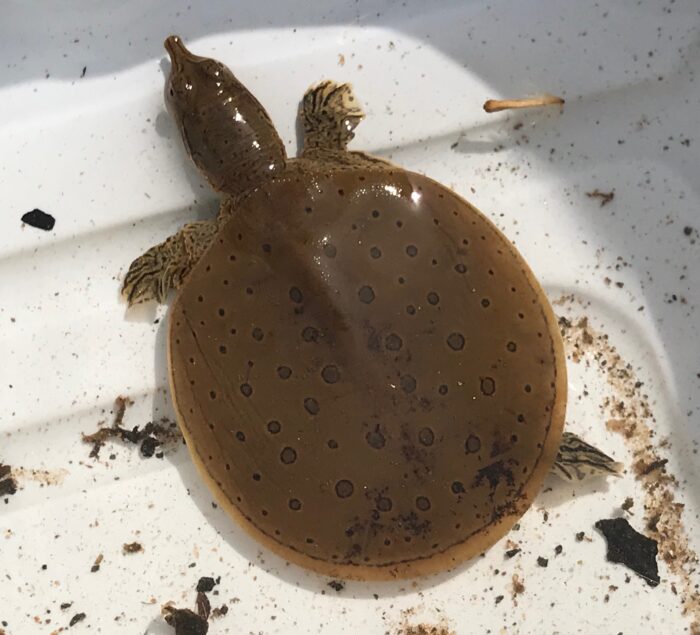
Ask a Naturalist: What Lives in Salem Creek?
Protecting fish and macroinvertebrates that live at the bottom of bodies of water such as Salem Creek is important and helps to reduce pollution, providing benefits to water treatment costs and the stream’s aesthetic qualities long term. Vegetation along streams provide buffers that filter sediment, nutrients, and other pollutants during storm events.

Ask a Naturalist: Creating Habitat for Monarch Butterflies
Due to heavy habitat decline, Monarchs are close to being considered a “threatened” species, but there is a lot we can do to help their population bounce back.
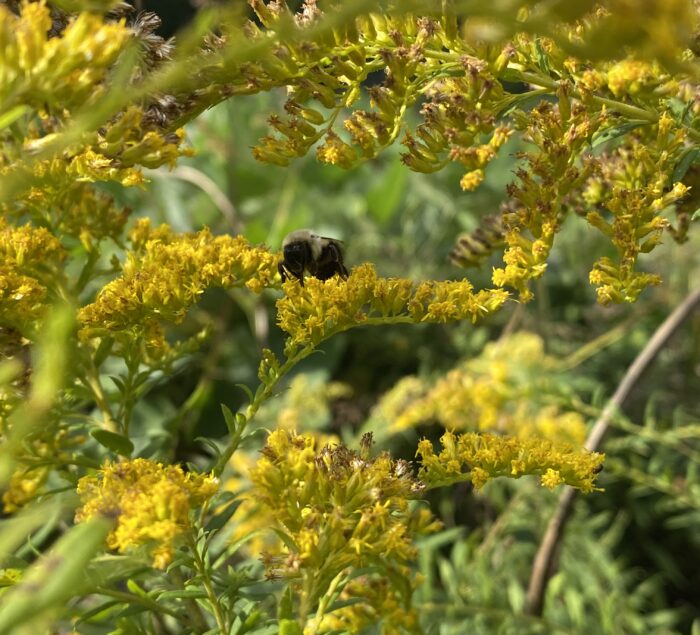
Ask a Naturalist: Meadow Habitat and New Trail System at Gateway Nature Preserve
Did you know the Gateway Nature Preserve is home to a variety of ecosystems including forest, creek, and meadow? We have just finished a series of new developments in the Meadow area of the preserve including an accessible birding platform and a meadow trail system! Let’s explore together and learn about meadow habitat and some of the organisms you can find there.
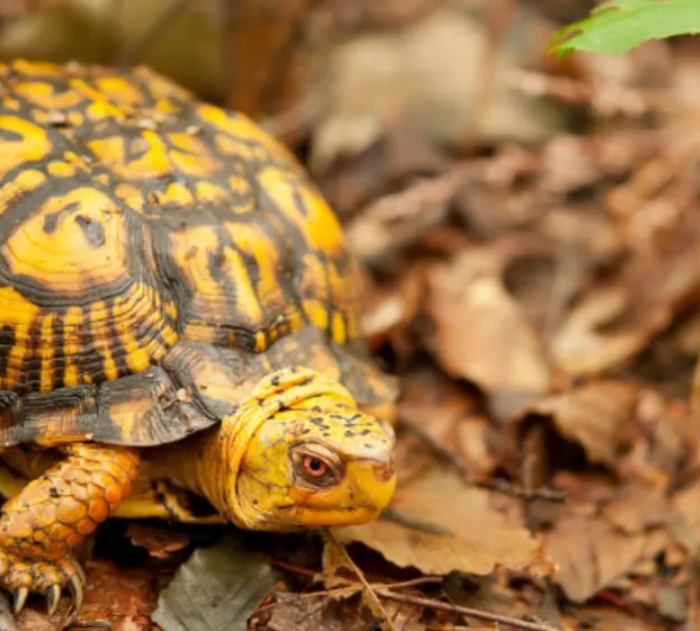
Ask a Naturalist: Embracing Beautiful Messes in Nature Benefits Wildlife
Have you ever felt the urge to rake your leaves after all the trees have gone bare? You leave them for a couple of months but around the new year you’re ready for a clean yard. To have a nice clean lawn or yard free of brown dried leaves is something desired by many; however, there are many benefits to embracing a “messy” yard. And keeping it messy until the new growing season starts in early spring.

Ask A Naturalist: Mammals
Mammalogy is the study of warm-blooded vertebrates that have hair or fur, produce milk to feed their young, and have more complex brains than other animals. Some of the mammals you can observe at Gateway Nature Preserve include but are not limited to: Virginia Opossum, Raccoon, and Gray Squirrel.
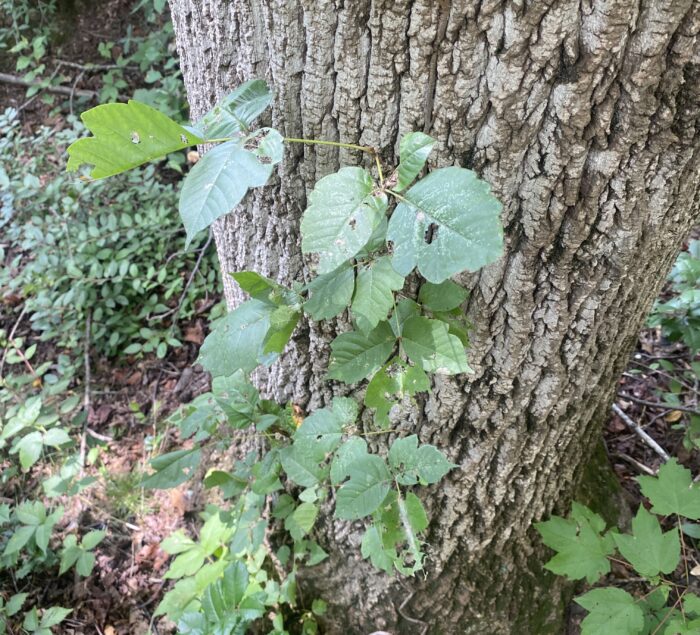
Ask a Naturalist: Poison Ivy Awareness
Have you ever gone on a hike and returned home feeling itchy and developing an unexpected rash? If so, you might have encountered poison ivy! People of all ethnicities and skin types are at risk for developing poison ivy dermatitis. Poison Ivy grows in most of the United States except for Alaska and Hawaii. It can grow as a vine or a small shrub. You can identify it by looking at the leaves. “Leaves of three, leave them be.”
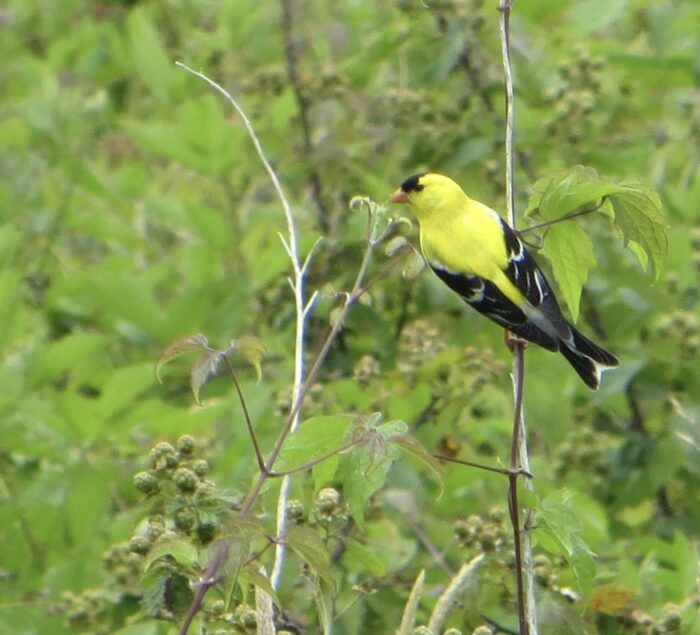
Ask a Naturalist: Think “Railroad” When Birding
Did you know that there is a new accessible birding platform at Gateway Nature Preserve? Visit the southern meadow area to access the platform and see how many of the following birds you can observe and hear.
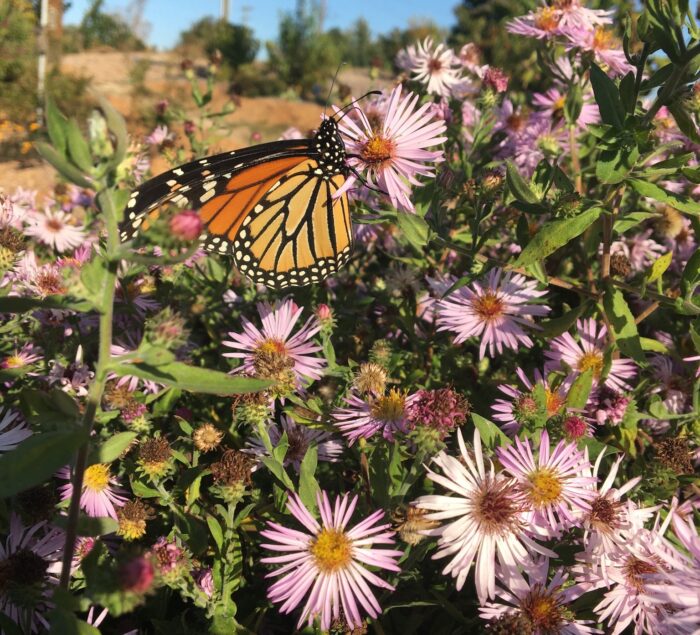
Ask a Naturalist: Entomology Season at Gateway Nature Preserve
Did you know that the Gateway Nature Preserve is an ecoEXPLORE Hotspot? This means that it is a great place to explore and submit wildlife observations that are especially helpful to scientists. ecoEXPLORE has over 500 Hotspots across North Carolina. It is so exciting that we can have such a place right in the middle of the city!
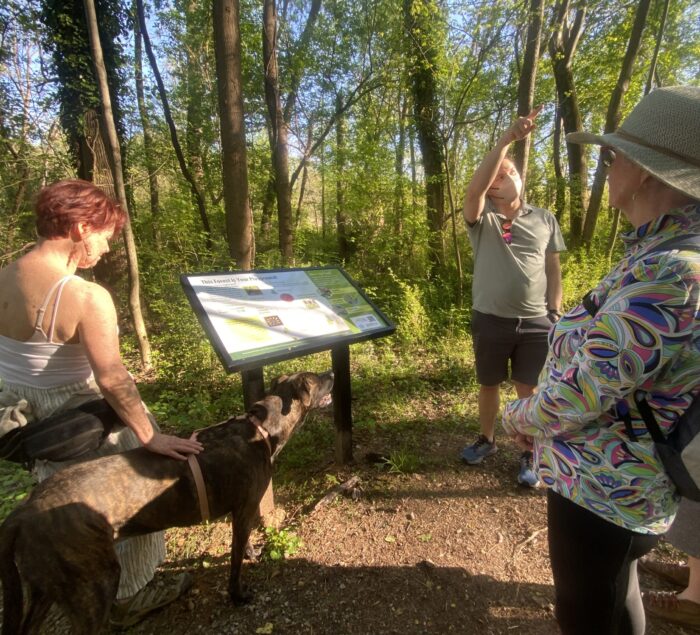
Ask a Naturalist: Come Explore our New Forest Discovery Trail Signage
Have you seen our new educational signage along Gateway’s Forest Discovery Trail? Seven new interpretive signs along the trail share information about unique characteristics in the area around them, including tree species that you can discover for yourself!